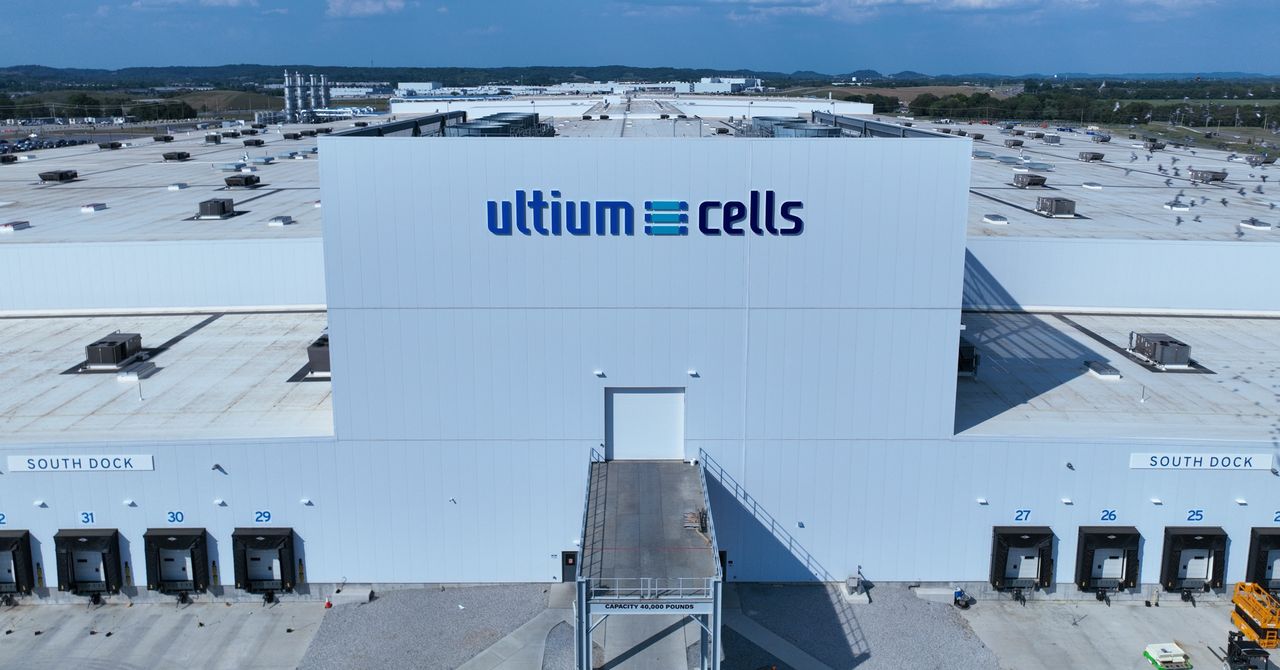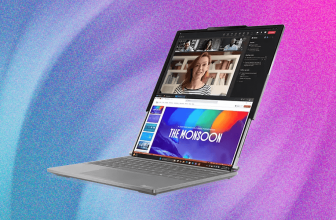
Common Motors has simply introduced its newest and certain closing piece in what now seems to be a three-pronged cell-chemistry technique to energy GM’s lineup of a dozen EVs by way of the top of the last decade and past.
GM has said right this moment it’ll construct low-cost lithium iron phosphate (LFP) battery cells in Spring Hill, Tennessee, beginning in late 2027. Conversion of cell traces to provide that chemistry will start later this yr. The cell plant on the Spring Hill advanced is owned and operated by Ultium Cells, GM’s joint-venture battery firm with LG Power Answer. A GM meeting plant in the identical advanced builds the Cadillac Lyriq and Acura ZDX electrical SUVs.
Beneath Kurt Kelty, GM vice chairman of battery, propulsion, and sustainability, the corporate has diversified from its earlier technique of “one cell for all EVs.” Kelty was employed in February 2024 after stints at Tesla and Panasonic, and is extensively revered within the business.
The LFP cells made by Ultium are anticipated for use within the up to date 2026 Chevrolet Bolt EV, which GM ought to reveal inside two to 3 months. It can go into manufacturing in a Kansas plant earlier than the top this yr. For its first two years, it should use LFP cells imported from one other LG plant—probably one in South Korea. These imports let GM get cheap iron-phosphate batteries onto US roads a full three years earlier than its subsequent cell chemistry, known as LMR, which it says prices not more than LFP, however has increased power density.
Nonetheless, changing a plant—at an unspecified price—to construct LFP cells suggests they are going to be used within the lineup for some time.
LMR’s Future Promise
To date, all GM EVs after the 2017-2023 Chevrolet Bolt EV have used nickel-manganese-cobalt-aluminum (NMCA) cells. These maintain essentially the most power in a given quantity, however are additionally priciest because of their nickel and cobalt content material. Delays in manufacturing of the Ultium modules holding these cells pushed out deliveries of GM’s EV lineup by 12 to 18 months, from late 2022 to early 2024. (GM EV gross sales have risen steadily for 3 quarters, suggesting these troubles is perhaps previously.)
This Could, Ultium introduced a second cell chemistry, which it calls “lithium manganese-rich” or LMR. It claims the LMR chemistry offers one-third higher power density than the identical quantity of lithium iron-phosphate (LFP) cells—at a comparable cell price—and can reduce the price of its largest EV vans and SUVs. These autos from Cadillac, Chevrolet, and GMC use gargantuan battery packs of 109 to 205 kilowatt-hours.
The primary LMR cells will come off a pilot line in 2027; full quantity manufacturing is slated for 2028 at a plant Ultium hasn’t disclosed. With Spring Hill now set to provide LFP cells, it appears probably LMR cells will come from the opposite Ultium Cells plant now in manufacturing—in Warren, Ohio.
Compact Chemistry
Including lithium-iron-phosphate rounds out the suite of chemistries GM is probably going to make use of in its EVs from this yr by way of the early 2030s. That applies, at the very least, to these produced outdoors China; the varied fashions it builds in China have lengthy included LFP chemistries, the dominant chemistry in that nation.
A lot of the mental property round LFP chemistries is owned by Chinese language companies, which has induced bother for Ford because it tries so as to add LFP cells for future EV fashions. A GM spokesperson informed WIRED that no mental property for the LFP cells it’ll produce with companion LG Power Answer is owned by any Chinese language entity.






